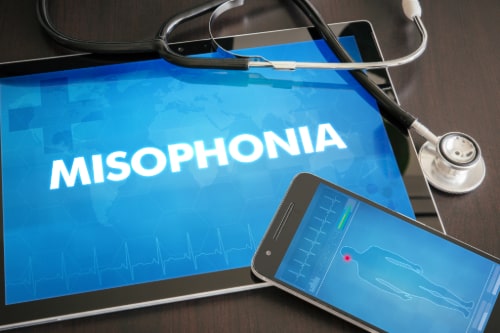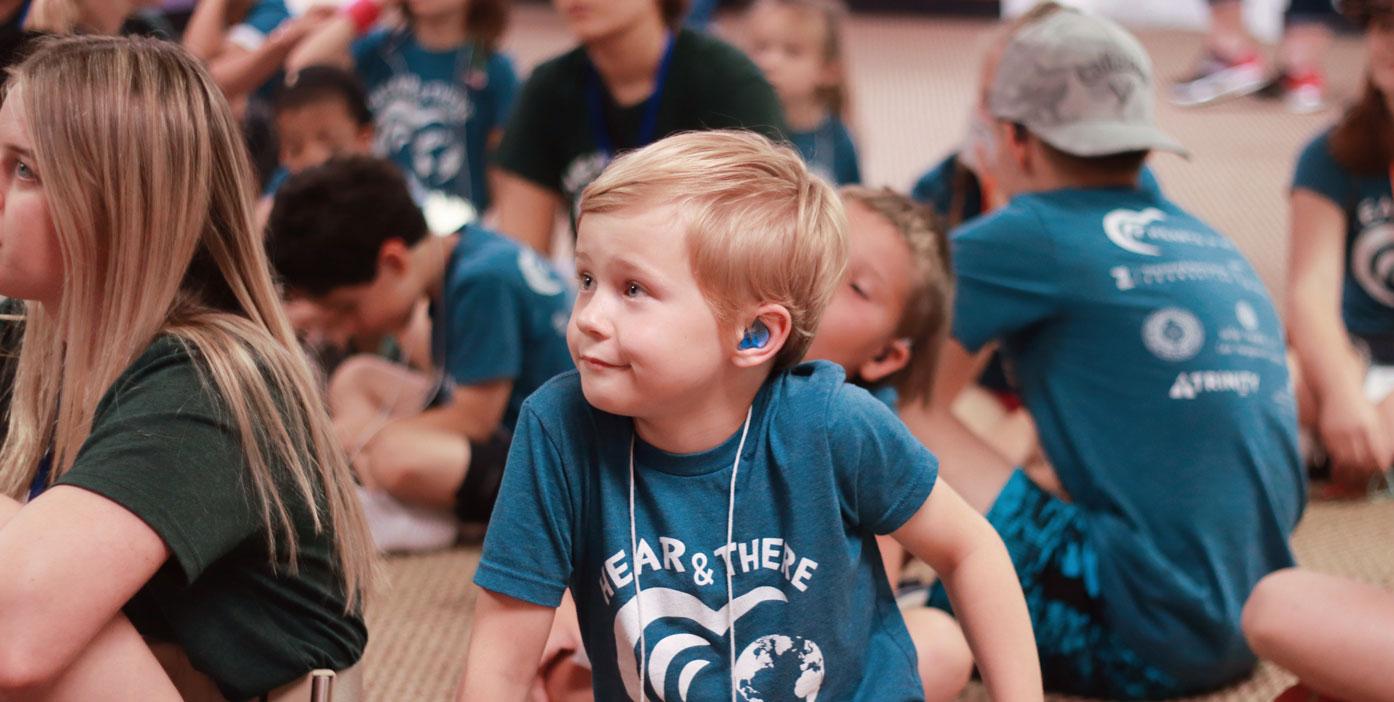Most of us cringe at the sound of fingernails on a blackboard, a reaction that seems almost universal. But for a select group of people, that same intense discomfort can be triggered by many ordinary, everyday sounds. What is misophonia? Understanding sound sensitivity and the emotional responses it can provoke is a good place to start.
What Is Misophonia?
Misophonia is a neurological condition which causes intense negative reactions to certain sounds. The reaction is involuntary, and can include emotional responses like anger, rage, hatred, and disgust. Physical reactions include a rising heart rate, sweating, and a feeling of overwhelming distress. Once this reaction occurs, it can take hours for the person to calm down and return to normal.
Researchers aren’t exactly sure how Misophonia develops, but they believe it may stem from a disruption in the brain’s processing of sound and emotional responses.
There are three possible contributing factors they often point to:
- Genetics, as Misophonia tends to run in families
- Brain-based differences, like certain genetic markers found in the brain
- Some negative childhood experiences
What Are Common Triggers?
Misophonia is sometimes referred to as selective sound sensitivity syndrome, and it can be classified as mild to severe.
Eating
The most common triggers are associated with eating. Since we do this everyday and multiple times per day, this can be very debilitating. A person with Misophonia may react to anything related to eating, including:
- Chewing
- Crunching
- Swallowing
- Someone talking with food in their mouth
- Utensils scraping on a dish
- Sipping and slurping
Breathing Sounds
The second most common trigger is breathing sounds. We all do it, so imagine being with someone who is triggered by merely hearing breathing sounds. These can include:
- Heavy breathing
- Sighing
- Snoring
- Nose sounds
- Whistling
- Yawning
- Coughing
- Throat clearing
- Hiccups
Countless Other Sounds
In addition to noises associated with eating and breathing, there are countless sounds affecting someone with Misophonia.
- Common house sounds
- Work or school sounds
- Animal sounds, which some people consider relaxing like birds singing.
Someone with Misophonia can react to visual stimuli.
How Misophonia Is Treated
While there’s no cure for Misophonia, treatment focuses on managing the condition. The most effective care involves a multidisciplinary approach, such as sound therapy with an experienced audiologist supported by counseling for coping with the condition.
Patients learn ways to manage their reactions, which may include using earplugs, noise-canceling headphones, or earbuds. Therapy might also incorporate soothing background sounds like white, pink, or brown noise. In addition, they may learn techniques to minimize or prevent triggers.
Misophonia Management in Oklahoma and Tulsa
If you or your loved ones become upset by certain sounds, contact Hearts for Hearing at 405.548.4300 for an evaluation and treatment plan.



